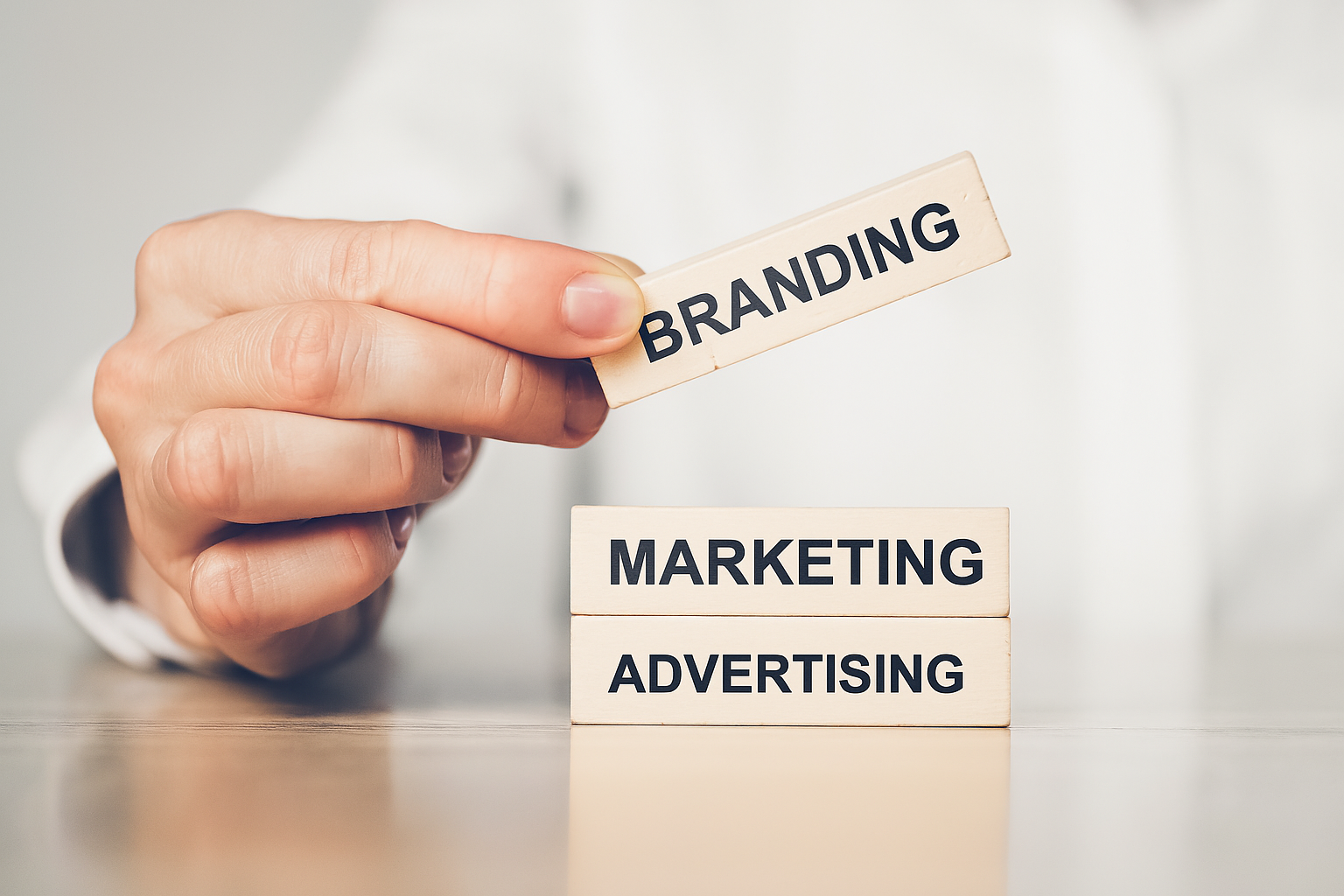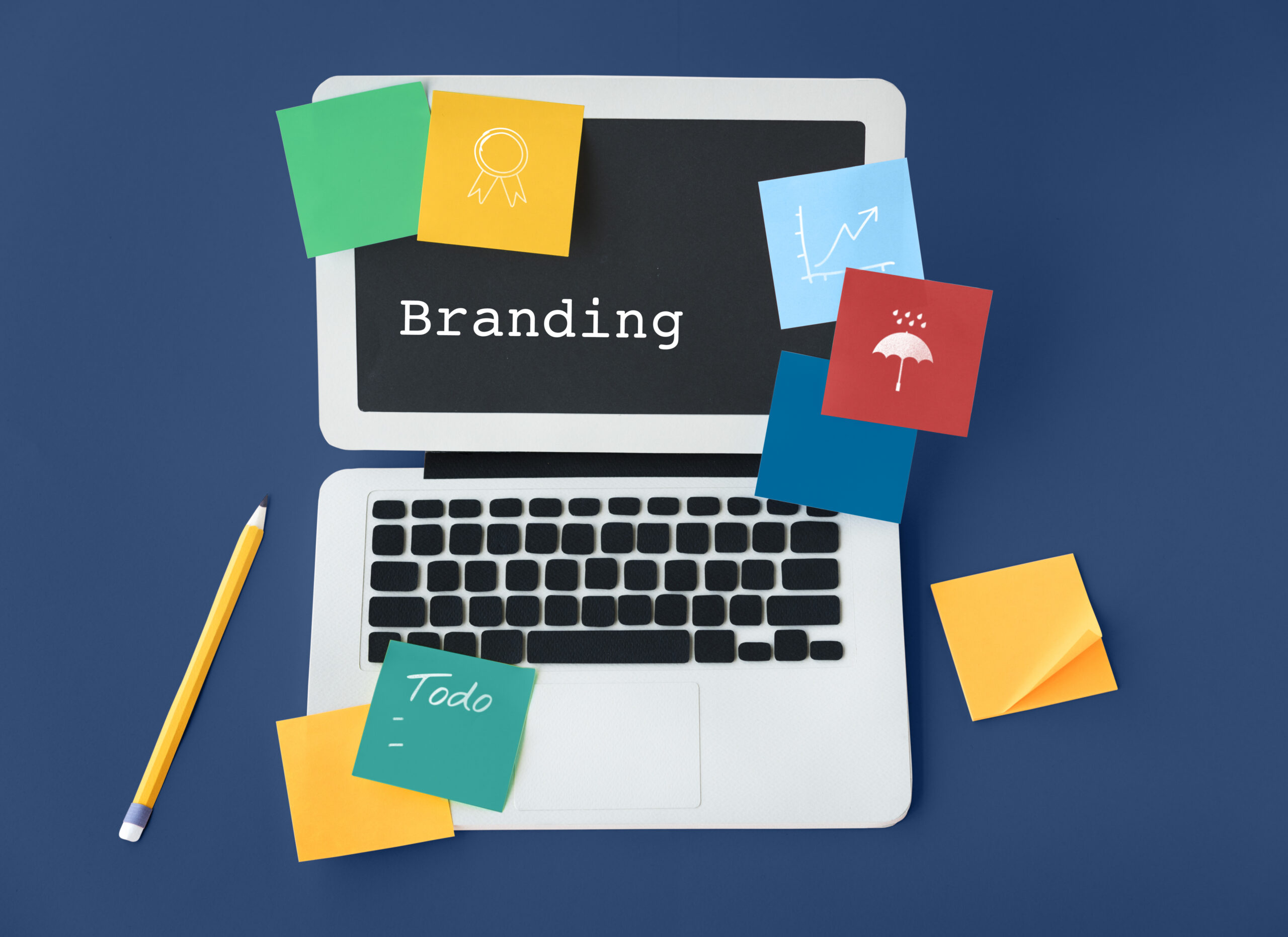Summary
- A brand is much more than its logo. It’s the blend of what people perceive, what you promise, and what they experience.
- 75% of consumers say brand perception influences their buying decisions.
- This blog explores what a brand really is, why reducing it to a logo is a mistake and how companies build meaningful brands.
Introduction
When you think of iconic brands like Apple, Nike or Coca-Cola, what comes to mind? Chances are, you’re picturing more than just their logos. You feel something about them: trust, excitement, aspiration or perhaps even nostalgia.
Yet many people and even businesses still equate “brand” with “logo” or “visual identity.” That’s a costly misunderstanding. As customer expectations evolve and competition intensifies, treating your brand as little more than a graphic risks rendering it forgettable or worse, irrelevant.
In this blog, we’ll unpack what a brand really means today, why it’s much more than aesthetics, and how leading companies create brands that resonate, inspire loyalty and endure.
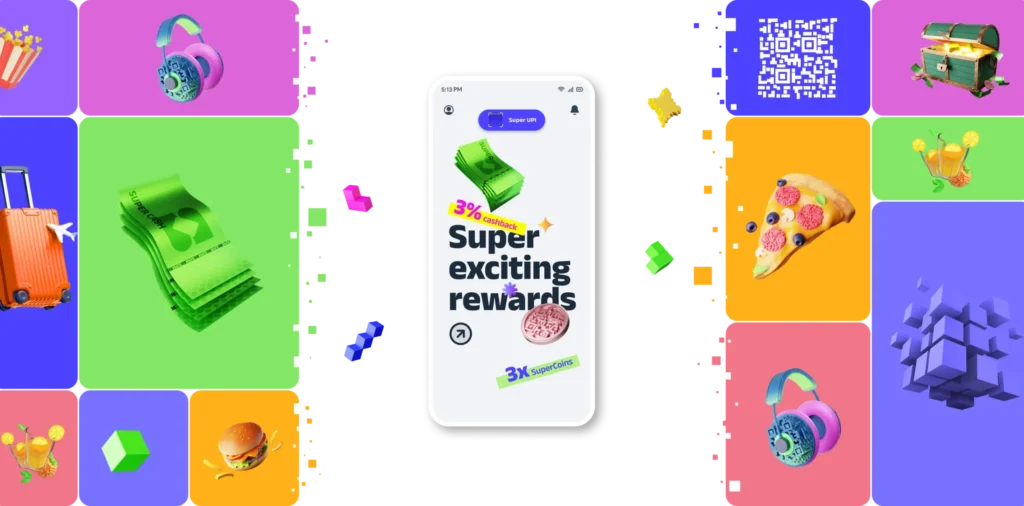
Branding for super money project by Brucira
Why the Common View of Branding Falls Short
Why “branding” is misunderstood
In boardrooms and startups alike, conversations about branding often begin and end with a logo design. While logos are important and sometimes iconic, they are merely one element of a much larger system of meaning and connection.
Here are some real-world pain points of this misconception:
- Inconsistent customer experience: Companies invest in beautiful logos but deliver poor customer service or confusing product experiences, undermining trust.
- Shallow differentiation: A shiny mark can’t mask a lack of purpose or unique value. Competing on visuals alone often leads to “me too” brands.
- Missed emotional connection: Studies show consumers make decisions based largely on emotion rather than logic. Brands that don’t go beyond surface visuals fail to connect deeply.
According to Forbes, consistent brand presentation increases revenue by up to 23%, yet many businesses still fail to see branding as more than a design exercise.

How Branding Is Being Reimagined
Branding as perception, not just presentation
So what is a brand, really? Marty Neumeier, author of The Brand Gap, puts it best:
“A brand is not what you say it is. It’s what they say it is.”
A brand lives in the minds of customers. It is their perception of your company based on every touchpoint, from your website and product to your customer service and social media tone.
Let’s break down how modern branding is being reimagined beyond the logo.
1. Purpose-driven branding
The most cherished brands today champion a mission beyond mere profit. Consider Nike’s “Just Do It” with its stand for empowerment and equality. Such purpose infuses trust and distinction, ensuring that a brand’s actions resonate deeply with customers’ own values.
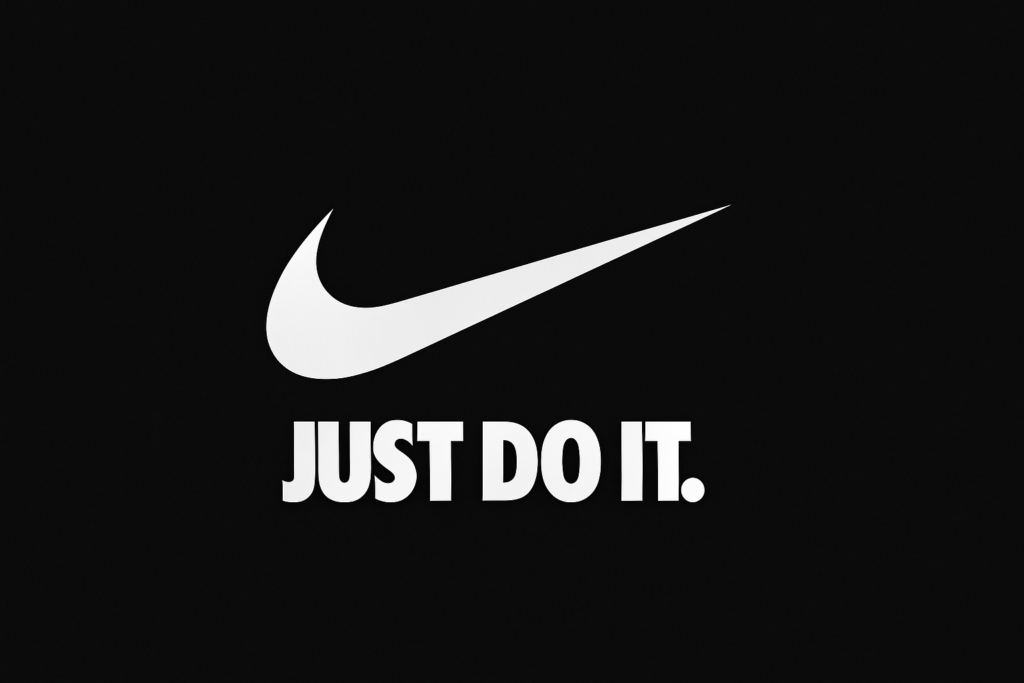
In fact, when consumers perceive that a brand positively impacts the world, they are 4.5 times more likely to become its advocates (Zeno Group study).
2. Brand as experience
Every interaction someone has with your company, from unboxing a product to reading an email, shapes their perception of your brand. Design thinkers call this the “brand experience.”
For example:
- IKEA’s intuitive store layouts, flat-pack furniture concept, and easy-to-follow assembly guides combine to deliver a practical, approachable brand experience.
- Airbnb’s welcoming language, intuitive interface and local photography embody its mission: Belong anywhere.
The logo might get their attention. But the experience earns their love.
3. Emotional connection and storytelling
Humans are wired for stories, not sales pitches. Successful brands tap into emotion and narrative to build loyalty. Coca-Cola’s “Share a Coke” campaign didn’t sell soda. It sold togetherness and personal connection.
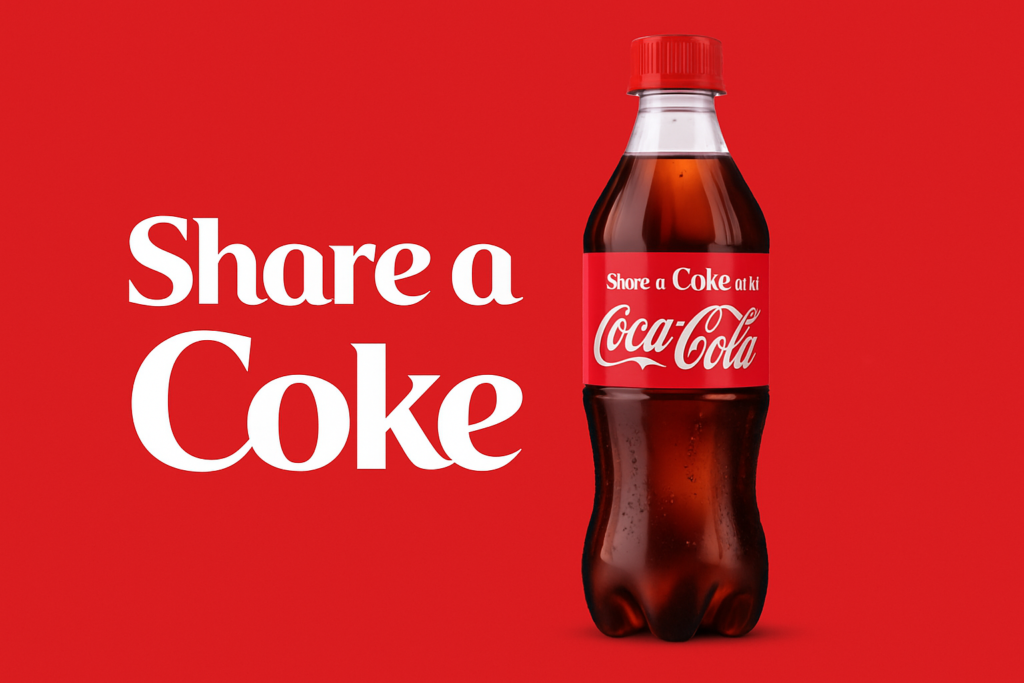
By creating emotional resonance, brands foster connections that are far harder for competitors to replicate.
Real-World Results
Brands that went beyond the logo and won
Here are three examples of companies that elevated their brand by looking beyond just the visuals.
- Apple: Designed consistent experiences across hardware, software, retail and support.
Result: Became the most valuable brand in the world (Interbrand 2024) with a $500B+ valuation. - Dove: Shifted from selling soap to promoting self-esteem and redefining beauty standards through campaigns and programs.
Result: Boosted sales by $1.5B and built a loyal, advocacy-driven community. - Airbnb: Invested in cohesive storytelling and product design aligned with their mission.
Result: Expanded to over 150M users and created a trusted global marketplace.
In each case, the logo was just one small part of the equation.
The Trade-Offs of Shallow Branding
Why getting it wrong can cost you
Of course, focusing only on a logo or aesthetics can introduce serious risks.
- Trust deficit: If your visual identity promises premium but your customer service feels cheap, you erode trust.
- Inauthenticity: Slapping on trendy visuals without substance feels disingenuous and alienates discerning audiences.
- Short-term thinking: Investing only in “how it looks” often leads to constant rebrands as trends change, wasting resources and confusing customers.
As branding expert Denise Lee Yohn writes: “Your brand is a promise delivered. And broken promises break brands.”
What’s Next?
The future of branding: human, holistic and hybrid
So where does branding go from here?
Predictions and trends from industry experts include:
- Authenticity over polish: Customers value transparency and realness. Brands that show vulnerability and take a stand resonate more deeply.
- Personalised experiences: Data-driven insights enable brands to tailor experiences to individuals, creating a sense of “made for me.”
- Hybrid physical-digital worlds: As AR, VR and AI blur lines, brands must create coherent identities across both digital and real-world environments.
- Employee advocacy: When internal culture shines through, employees become authentic ambassadors, giving the brand a human face.
As Jeff Bezos famously said: “Your brand is what people say about you when you’re not in the room.” It’s time companies start listening and building accordingly.
Conclusion: More Than a Mark
A logo is significant, yet it represents just a fraction of the whole brand story.
Your brand is the sum of how customers perceive you, the promises you keep and the emotional bonds you forge. Companies that understand this build loyalty, resilience and value that far outlasts any graphic.
So next time someone asks what your brand is, don’t point to your logo. Point to your purpose, your people and your promise.
Ready to build a brand that stands out? Click on the banner below 👇

Want more insights? Browse our blogs here and explore our portfolio of projects.
FAQs
No. A brand encompasses the entire perception people have of a company: its purpose, experience, values and reputation (not just its name or logo).
A logo is a fast and simple symbol of what a brand stands for. They help with recognition and recall but are only effective if backed by consistent and meaningful experiences.
By defining a clear purpose, delivering consistent experiences, understanding their audience and telling authentic stories, even on a small budget.
Brand identity is how a company wants to be seen. Brand image is how it’s actually perceived by customers.
Absolutely. As markets evolve and customer expectations shift, brands need to adapt while staying true to their core purpose to remain relevant.











